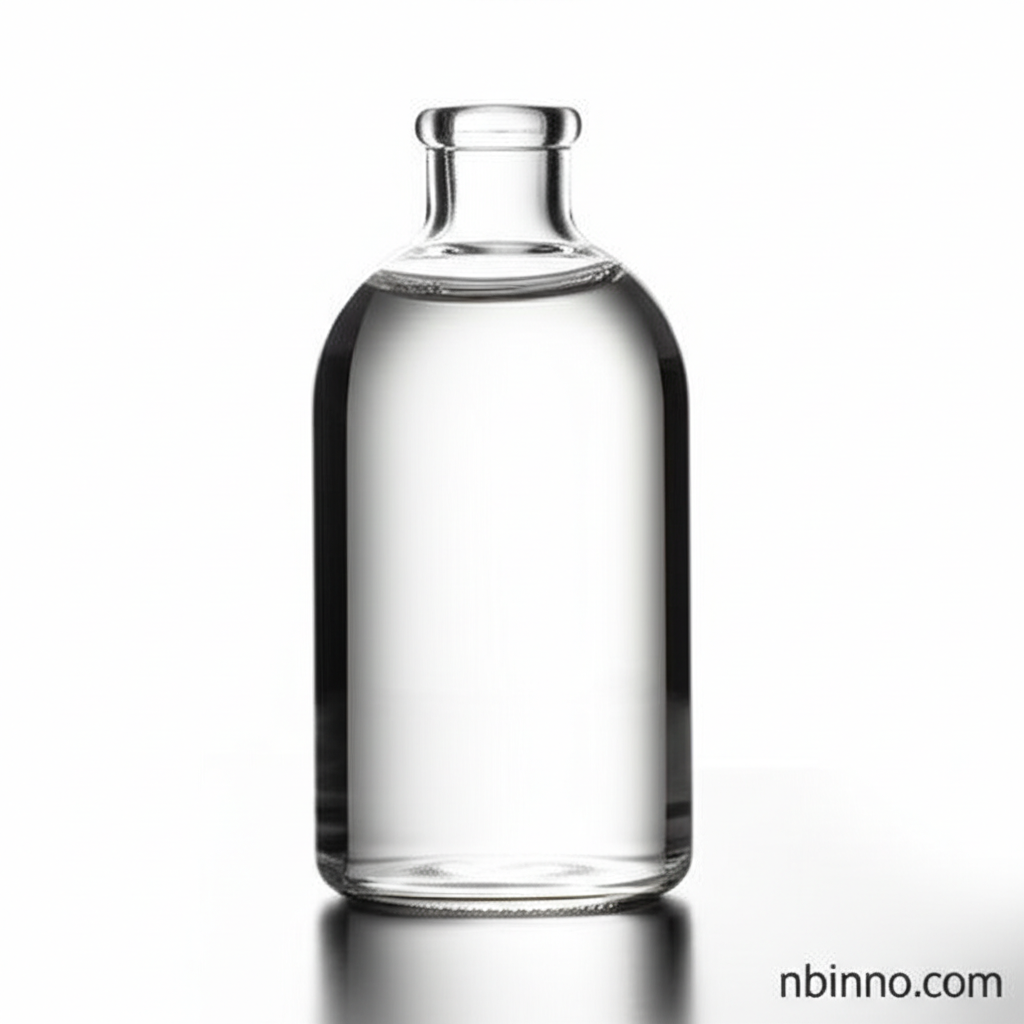Dimethylformamide (DMF): A Comprehensive Guide to Properties, Applications, and Industrial Significance
Discover the versatile 'universal solvent' and its critical roles across diverse industries.
Get a Quote & SampleProduct Core Value

Dimethylformamide
Dimethylformamide (DMF) is a colorless, polar organic solvent distinguished by its exceptional solvency power and miscibility with both water and a wide array of organic liquids. Its unique properties, including a high dielectric constant, aprotic nature, a broad liquid range, and low volatility, collectively position it as a highly versatile 'universal solvent' crucial for numerous chemical reactions and industrial processes.
- Explore the dimethylformamide applications in sectors ranging from textiles to petrochemicals. Understanding its varied uses is key to leveraging its potential.
- Learn what DMF solvent is truly capable of, from its role in polymer processing to its use as a pharmaceutical reaction medium.
- Investigate the key DMF chemical properties that make it indispensable, such as its polarity and high solvency, essential for demanding industrial processes.
- Discover the critical uses of dimethylformamide in industry, highlighting its importance in manufacturing processes and chemical synthesis.
Key Advantages
Exceptional Solvency
DMF's high solvency power allows it to dissolve a vast range of organic and inorganic substances, making it invaluable for complex chemical formulations and difficult-to-dissolve materials, truly showcasing its uses of dimethylformamide in industry.
Versatile Applications
From the production of acrylic fibers and pharmaceuticals to acting as a catalyst in organic synthesis, DMF's broad applicability underscores its importance across multiple sectors, a testament to its versatile dimethylformamide applications.
Process Efficiency
As a 'universal solvent,' DMF contributes to process efficiency by enabling faster dissolution of resins, higher solid content in formulations, and improved overall reaction kinetics, as often researched in DMF chemical properties.
Key Applications
Textile Production
The dimethylformamide in textile industry is paramount, especially in the production of synthetic fibers like polyacrylonitrile (PAN) and elastane fibers (Spandex), where it acts as a key solvent for dissolution and spinning.
Pharmaceutical Synthesis
As a highly effective DMF pharmaceutical solvent, it is utilized for the synthesis of active pharmaceutical ingredients (APIs) and in crystallization processes due to its exceptional solvency parameters.
Polymer Processing
DMF is instrumental in dimethylformamide for polymer synthesis and processing, including the manufacture of films, coatings, and membranes from polymers like polyurethanes, PVC, and polyacrylonitrile.
Coatings and Inks
Its high solvency and medium boiling point make DMF a preferred choice in the formulation of protective coatings, lacquers, and printing inks, enhancing adhesion and allowing for higher resin content.
